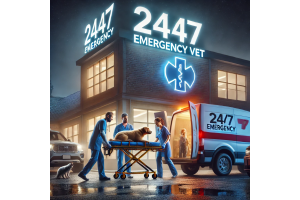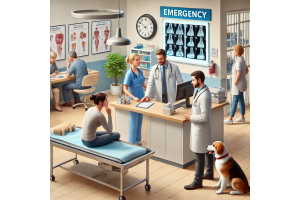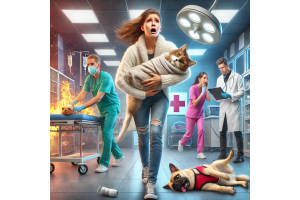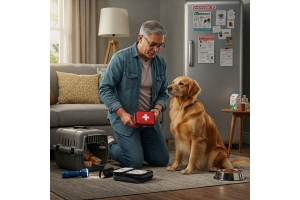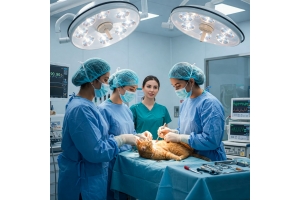Importance of Regular Dental Care for Cats
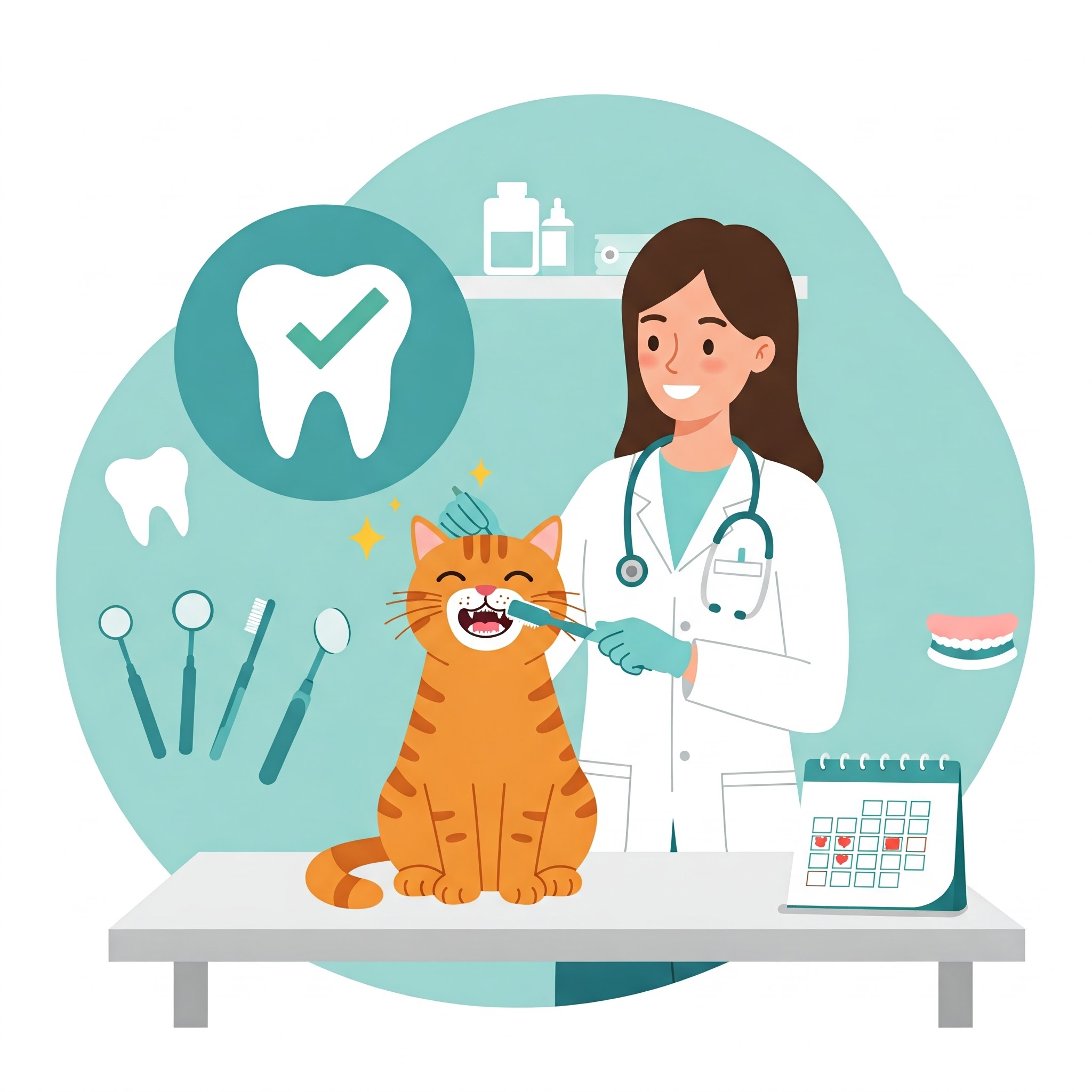
Dental health is an essential but often overlooked part of your cat’s overall wellbeing. While many pet parents focus on their cat’s diet, playtime, and general health, dental care is just as important for preventing health issues that can affect your pet’s quality of life. Poor oral health can lead to severe conditions, including infections, tooth loss, and even systemic illnesses that can affect your cat’s kidneys, heart, and liver. Just like humans, cats are prone to developing dental diseases, and regular care is essential to maintaining their health. Here's why regular dental care is crucial for your cat, and how to maintain it effectively.
1. Preventing Dental Disease
Dental disease is widespread among cats, with some studies showing that more than 70% of cats over the age of three have some form of dental disease. Without proper care, oral health problems can quickly worsen and cause irreversible damage. Common dental issues in cats include:
- Periodontal Disease: This is one of the most common dental issues in cats and occurs when plaque and tartar build-up along the gum line, leading to infection and inflammation of the gums. Over time, periodontal disease can result in tooth loss, as it weakens the structures that hold the teeth in place.
- Tooth Decay: Tooth decay or cavities can develop when plaque and tartar build-up on the teeth. Plaque harbors bacteria that attack the enamel, eventually leading to the formation of cavities or abscesses. This often results in severe pain and difficulty eating.
- Gingivitis: Gingivitis refers to the inflammation of the gums and is typically caused by a build-up of plaque and tartar. It can cause discomfort and pain, leading to difficulty chewing or eating. If left untreated, gingivitis can progress to periodontal disease.
By keeping up with regular dental check-ups, your vet can spot these issues early and take steps to treat or prevent them from progressing into more serious problems. Routine dental exams and cleanings can prevent your cat from experiencing the discomfort and complications associated with dental disease.
2. Signs of Dental Problems in Cats
Because cats are skilled at hiding pain, it can sometimes be difficult to spot dental issues until they become severe. However, there are key signs that pet parents should watch out for that may indicate dental problems:
- Bad Breath: While some mild odor from your cat’s mouth is normal, foul-smelling breath (known as halitosis) can be a sign of gum disease, infection, or even tooth decay. If you notice a sudden change in the smell of your cat's breath, it’s important to have their teeth checked by a vet.
- Difficulty Eating or Drooling: Cats with dental pain may struggle to eat their food or may show signs of discomfort while chewing. You might also notice an increase in drooling or excessive salivation, especially after eating.
- Discolored Teeth: Yellow, brown, or even greenish discoloration of your cat’s teeth can indicate the build-up of plaque or tartar. Over time, this discoloration may harden into calculus, which is harder to remove and can lead to further dental complications.
- Pawing at the Mouth or Face: Cats who have dental pain may paw at their mouths or faces in an attempt to relieve discomfort. This could be a sign that their teeth or gums are causing them pain.
- Change in Eating Habits: If your cat suddenly avoids dry food or exhibits a reluctance to eat their regular food, it could be due to pain caused by dental problems. Cats with sore mouths often prefer wet food or may even stop eating altogether.
If you notice any of these symptoms, it's essential to schedule a visit with your vet for a thorough dental exam. The sooner any dental problems are caught, the easier they will be to treat, potentially preventing further complications.
3. Regular Dental Cleanings
Just like humans, cats require regular dental cleanings to maintain good oral health. Professional dental cleanings performed by a veterinarian are essential to removing plaque and tartar build-up that can’t be removed with regular brushing alone. These cleanings help prevent the development of serious dental issues and maintain your cat’s overall health.
- Frequency of Cleanings: The frequency of professional dental cleanings depends on your cat’s individual dental health. Cats who are prone to dental disease, or who have already experienced some level of gingivitis or tooth decay, may require more frequent cleanings, sometimes every six months. For most cats, an annual dental cleaning is recommended to maintain healthy teeth and gums.
- At-Home Care: In addition to professional cleanings, regular at-home care is important for maintaining your cat’s dental health. Brushing your cat’s teeth with a toothbrush and toothpaste designed specifically for pets is one of the best ways to reduce plaque and tartar build-up. You can also provide dental treats and toys designed to promote oral health and help prevent plaque from accumulating. However, at-home care should complement, not replace, professional cleanings by your vet.
By incorporating regular dental care into your cat’s routine, you can prevent the development of serious dental issues and help your cat live a long, healthy life free from the pain and discomfort associated with dental disease.
4. Importance of Early Detection and Treatment
The key to preventing serious dental issues is early detection. Regular dental check-ups and professional cleanings give your vet the opportunity to detect signs of periodontal disease, tooth decay, gingivitis, or any other oral health problems before they progress into more serious issues. Early intervention helps prevent tooth loss, infections, and the spread of bacteria that can affect other organs in the body.
By scheduling annual dental check-ups, you are not only keeping your cat’s mouth healthy but also improving their overall health and quality of life. Your vet will also be able to provide advice on how to care for your cat’s teeth at home, ensuring that you are doing everything you can to keep your cat’s teeth and gums in optimal condition.

